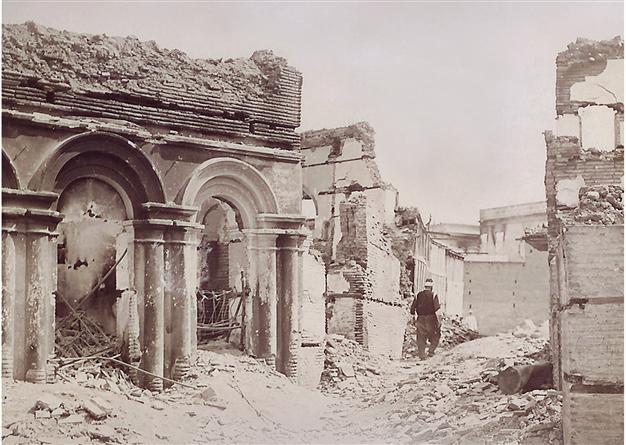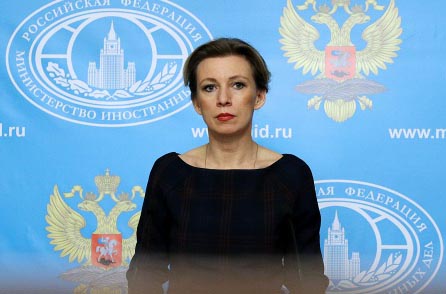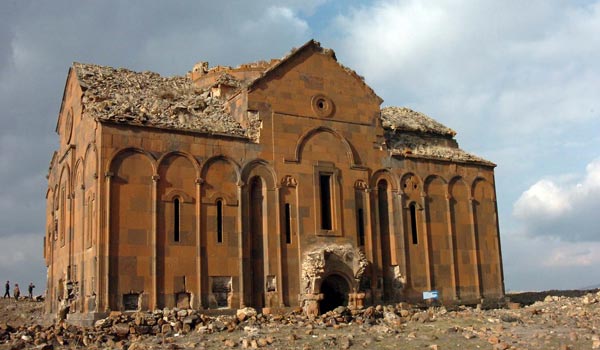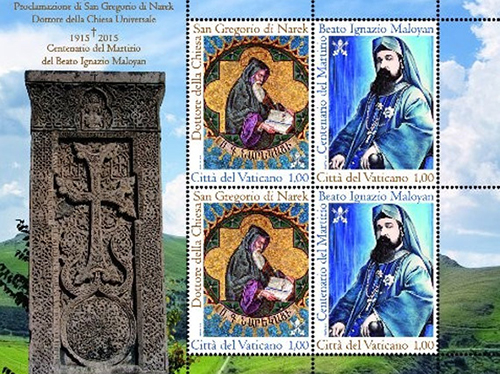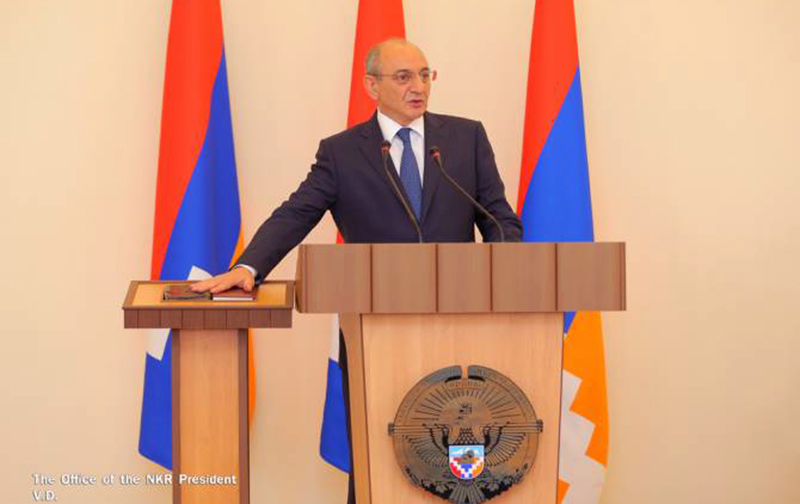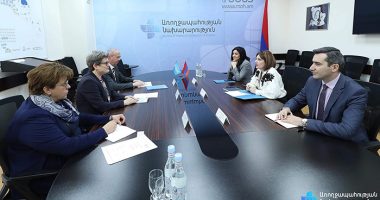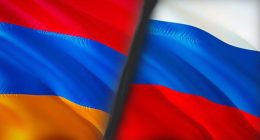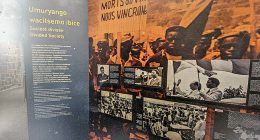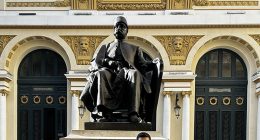‘In the Ruins: The 1909 Massacres of Armenians in Adana’ by Zabel Yessayan (AIWA, $20, 262 pages)
By William Armstrong
hurriyetdailynews
In the spring of 1909, Zabel Yessayan journeyed from Istanbul to Adana, after the massacre of up to 30,000 Armenians around the Mediterranean city. She was part of a group sent by the Armenian Patriarchate, assigned to survey conditions after the killings and provide assistance to orphans and refugees. Born in Istanbul, the 31-year-old Yessayan had also lived in Paris, where she published articles, stories and translations. But her experiences around Adana far exceeded anything she had seen before.
“Among the Ruins” was published on her return to Istanbul in 1911. It is a vivid testimony full of gruesome details, depicting the hellscape that Armenian districts had become and the trauma endured by the locals. “Our race’s veins had been slashed open once again, and our blood, still pulsing with joy over our newfound freedom, had been spilled once again on soil fertilized by our sweat,” she writes.
The massacres occurred in 1909, in the weeks after a countercoup in Istanbul saw Sultan Abdülhamit II returned to power. The sultan’s authority had been seized the previous year by the Young Turks, a cadre of young military officers who pledged to restore the constitution and protect the rights of all Ottoman subjects. The Christian-minority Armenians generally supported the coup against the paranoid sultan, who had inspired earlier pogroms against Ottoman Armenians. When Abdülhamit wrested back control from the Young Turks, he again mobilized popular support by identifying himself with the historically Islamic character of the state, promising to eliminate secular policies and restore the sharia. This precipitated a new wave of anti-Armenian raids in Adana carried out by local Muslims.
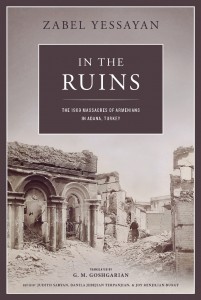

Nothing has been spared; all the churches, schools, and dwellings have been reduced to formless piles of charred stone, among which, here and there, the skeletons of buildings jut up. From east to west, from north to south, all the way to the distant limits of the Turkish quarters, an implacable, ferocious hatred has burned and destroyed everything.
The pages are full of visceral descriptions of the traumatized orphans and miserable survivors left behind. Everywhere she goes Yessayan finds locals bearing the physical and mental scars of torture and attempted lynching. At times there is a kind of stunned numbness in the aftermath of a cataclysm: “On their dark-skinned, somber, gloomy faces, you could sometimes read, as in an open book, all the terror of hours that defied description; but at other times, everything clouded over, and then the children were impenetrable. And that was even more unsettling.” Elsewhere the suffering is more clearly on the surface, and it is detailed in unforgettable, haunting passages.
The familiar theme of Armenian survival and resistance against all odds, often invoked today, can be seen in Yessayan’s work even back in 1911. As she writes towards the end: “The voice of my battered, bloody race was singing its imperious refrain in my veins. The enemy’s designs had once again proven fruitless, and I could sense, despite the desperately sad impressions we had gathered as eyewitnesses, that something immortal and indestructible … had eluded the criminals.” Such passages make for melancholy reading in the knowledge of what would happen in Eastern Anatolia six years later.
There are also chilling contemporary echoes. Adana is barely 100 km from the Syrian border, where today a human tragedy continues to unfold with no end in sight. Yessayan paints a pitiful picture of the surviving Armenian children of Adana:
When they saw anyone at all, they shivered like someone in the grip of a fever. In the imaginations of those tender innocents, grown-ups all looked alike. They saw a criminal in every adult male, were deluded by terrifying resemblances, imagined ghastly scenes … Their young minds were deranged, because for days on end they had seen criminals brandishing knives or rifles, eyes burning with a lust for evil, mouths contorted by curses and threats.
It’s hard to read such descriptions without thinking of terrified Syrians displaced on the border today.
Adana massacres photos at Armenian Genocide Museum website

